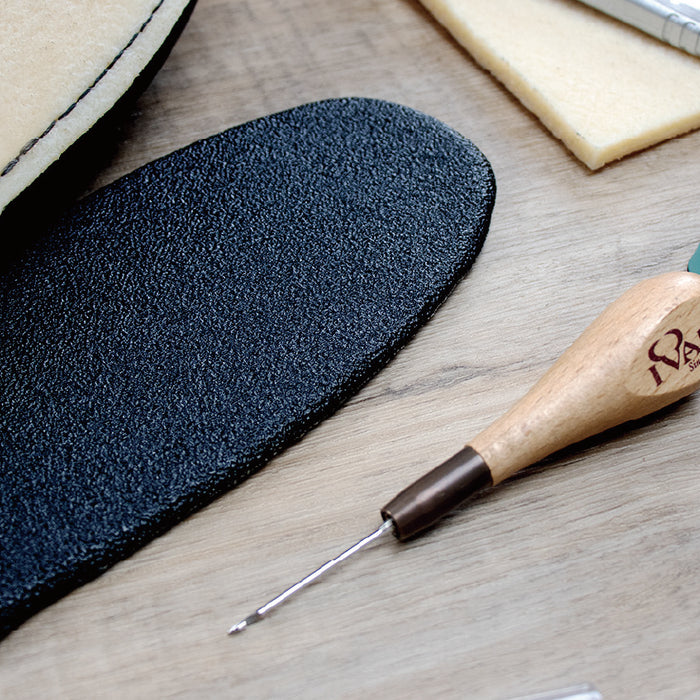
LEATHERWORKING TIPS
-
 Do you have beloved sandals, slippers, or shoes that have seen better days? Don't throw them out just yet! Here's a quick, easy-to-follow guide to breathing new life into your favorite footwear using a Jerk Needle Awl and other essential tools and supplies. Let's revive those shoes together!Read now
Do you have beloved sandals, slippers, or shoes that have seen better days? Don't throw them out just yet! Here's a quick, easy-to-follow guide to breathing new life into your favorite footwear using a Jerk Needle Awl and other essential tools and supplies. Let's revive those shoes together!Read now -
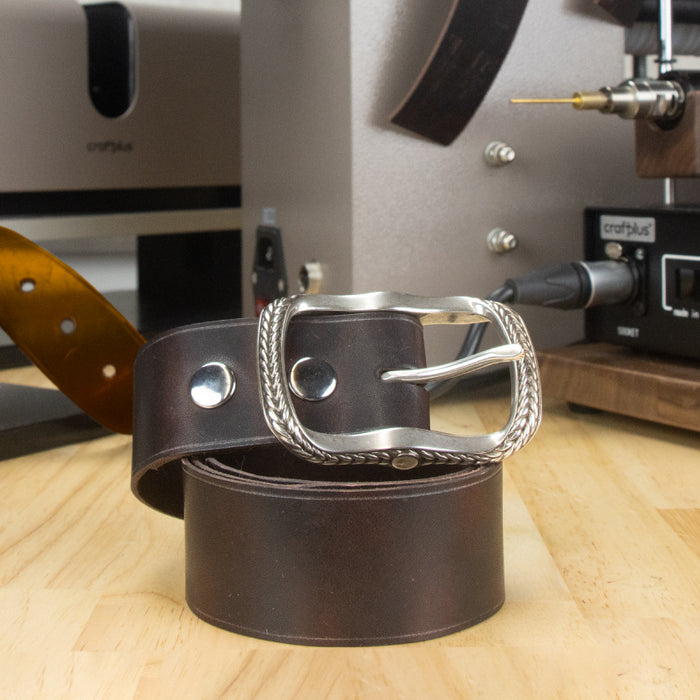
The Art of Belt Making With Craftplus® Machines
Read nowStreamline your belt production with Craftplus ® Machines today! Watch this short video to see them in action, and shop here for all tools and machines !
-
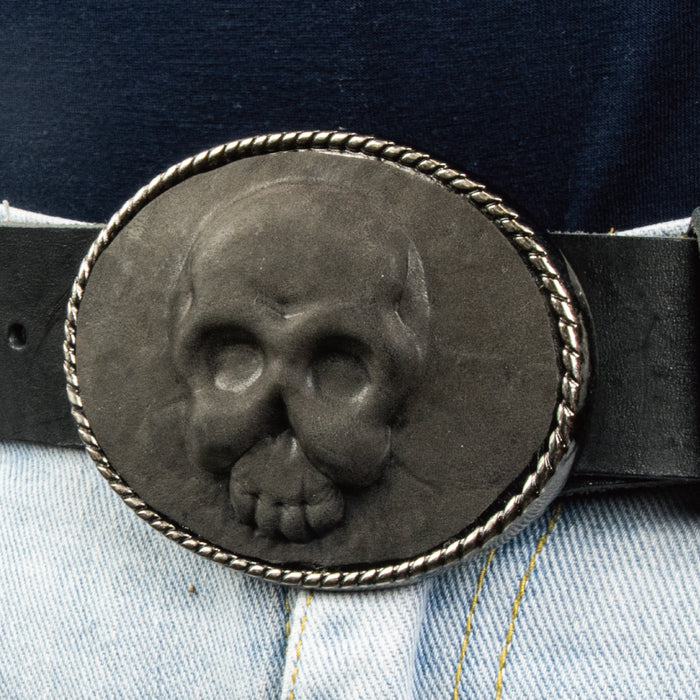
Guide to Custom Made Skull Buckle Belt
Have you ever wondered how buckle blanks are used to create a custom belt? Here's an easy guide to assist you in crafting something uniquely yours!Read now -
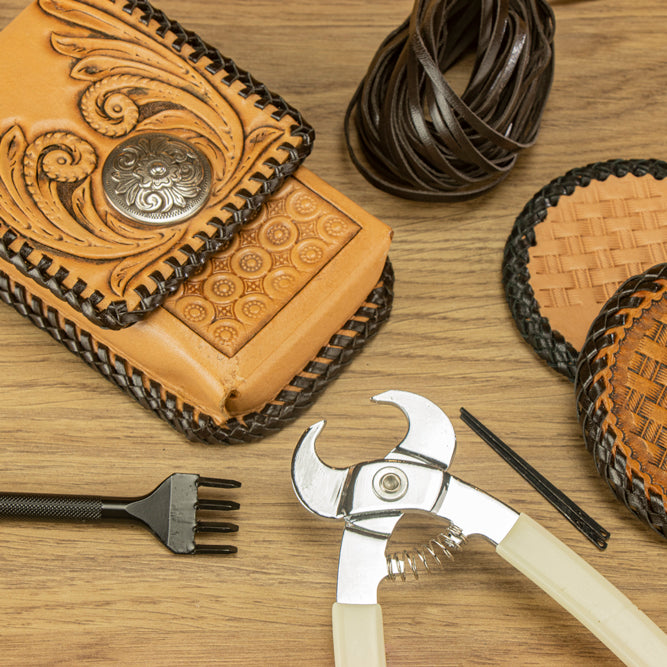
Tech Tip: Double Loop Lacing
Read nowLeather lacing is a way to join very thick leather by hand. Since leather comes in a variety thicknesses, sometimes projects like saddlery, holster, bags or sheaths require a leather that is too thick for sewing machines, or too heavy to...
-
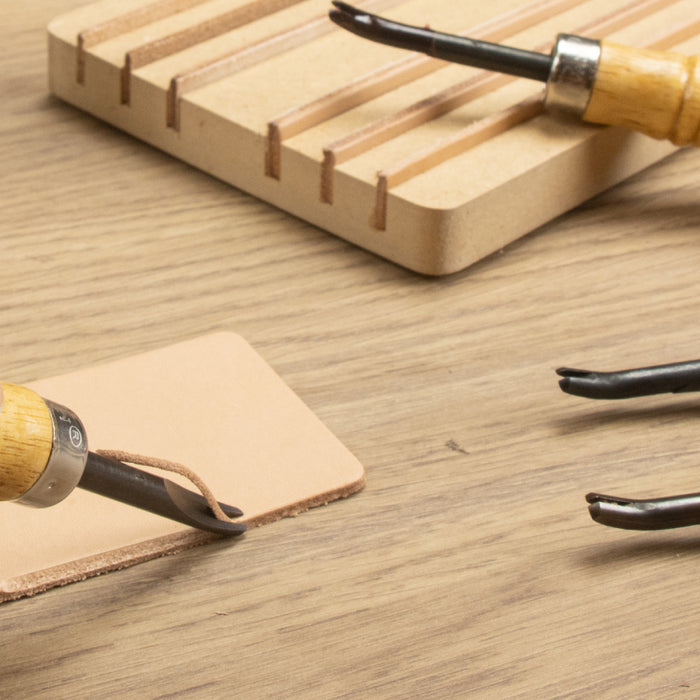
Tech Tip: Use & Care for Edge Bevelers
Read nowAny time when you are working with stiff veg-tanned or bridle leather, edge bevelers are used to remove that hard leather corners so you can finish edge with slicker or other finishes and get professional looking results. In this tech tip we'll go over two...
-
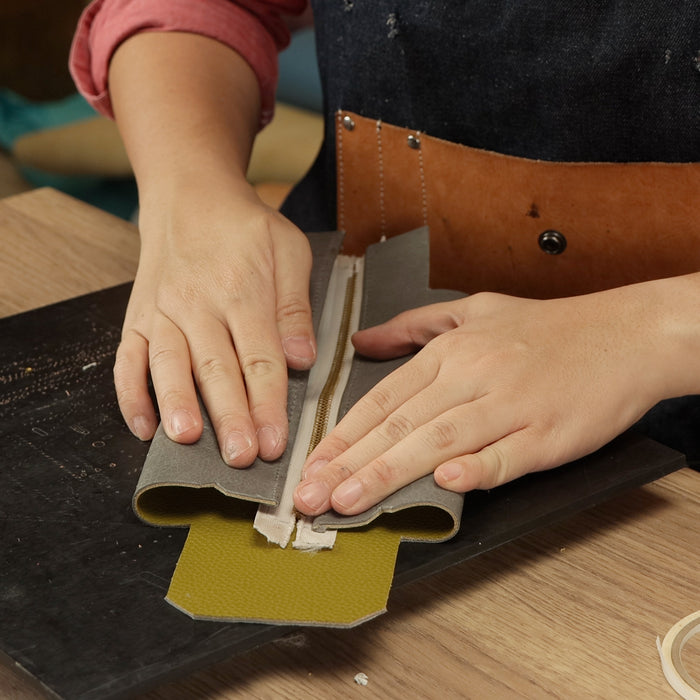
Pulling Teeth! Tips to shorten & install metal zippers
Read nowManufacturers use zippers in specific lengths for products they make and often in huge quantities. For crafters, zippers may only come in a limited size range and there may not be a zipper available in the exact same size as what...
-
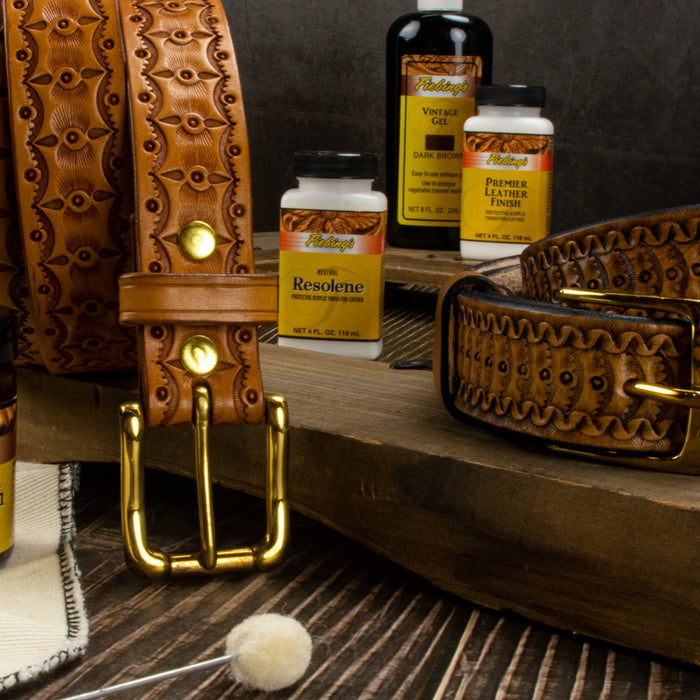
Adding Antique to a Leather Belt
Read nowSo your belt is tooled, stamped and dyed. Before you jump into adding Antique to your belt, make sure any dye you applied before hand is throughly dry. On a dry day, your belt could dry within 3~4 hours depends...
-
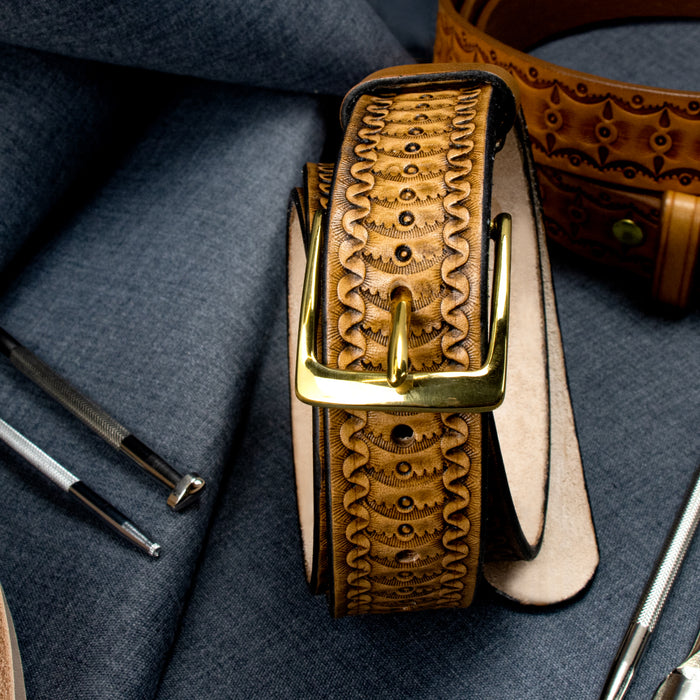
Veiner. Beveler. Camouflage: DIY Leather Belt
Read nowUsing stamping to belt blanks and strips is a fun and easy way to add pattern to a finished leather belt or bag strap. It’s also a great way to create custom designs without investing in expensive dies. With just a handful of materials and...
-
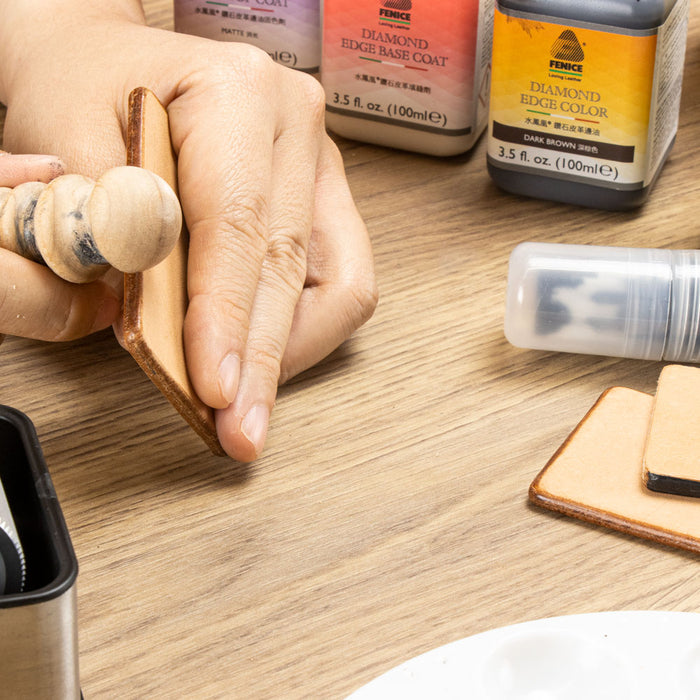
Tech Tip: 4 Ways to Edge Finishing
Read nowFinishing your edges is what seals the deal on your project! It involves literally applying finishing agent, dye, wax or edge paint to create a barrier along your exposed seams and stop water from seeping in. There are various ways you can achieve beautiful...









